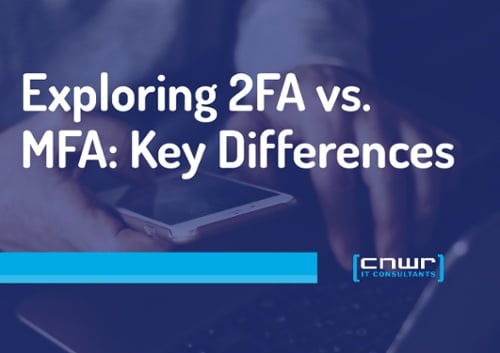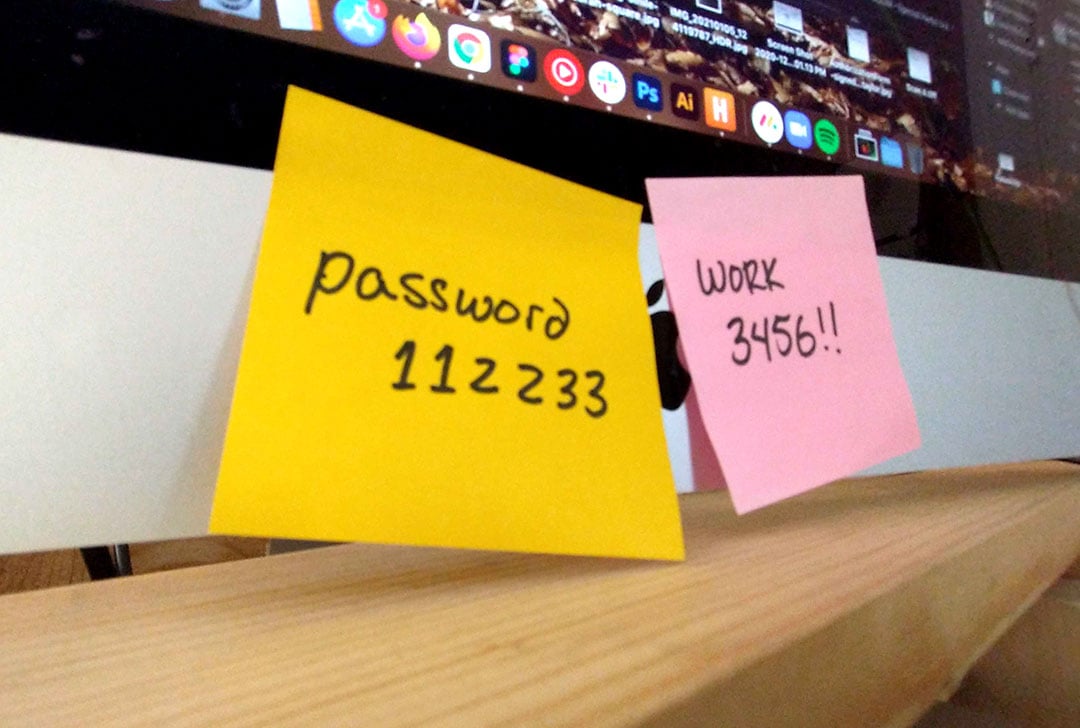Prioritizing online security is key to safeguarding your information and privacy. With the rise of cybercrime and the increasing frequency of data breaches, it has become crucial to implement robust authentication methods to protect our online accounts.
Passwords alone are no longer sufficient to protect our digital accounts. They can be easily cracked or stolen, leaving us vulnerable to unauthorized access and potential identity theft. This is where 2FA and MFA come into play. They add an extra step to the authentication process, making it more difficult for cybercriminals to access your accounts.
By the end of this blog, you will clearly understand 2FA and MFA, their benefits, and how to choose the right authentication method for your online accounts.
Understanding 2FA: The First Line of Defense
Two-factor authentication (2FA) is the first line of defense when it comes to protecting our online accounts. It adds an extra layer of security by requiring users to provide two authentication factors to verify their identity. The first factor is usually something the user knows, such as a password, and the second factor is something they have, such as a unique code sent to their mobile device.
One common form of the second factor is a unique code sent to the user's phone via SMS. After entering their username and password, the user receives a code on their phone and must enter it to complete the authentication process. This code is time-sensitive and cannot be reused, providing an additional layer of security.
Authentication factors can also include other methods, such as a hardware token or a mobile app that generates time-based one-time passwords (TOTPs). These methods add an extra layer of security by requiring physical possession of a specific device, ensuring that only the authorized user can complete the authentication process.
By implementing 2FA, organizations can significantly reduce the risk of unauthorized access to their systems and protect sensitive data. Even if a cybercriminal manages to obtain a user's password, they would still need the second factor to access the account. This additional layer of security acts as a deterrent and adds an extra hurdle for potential attackers.
Cybercriminals often use various techniques, such as brute-force attacks and stolen credentials, to gain unauthorized access to sensitive information. However, with 2FA in place, unauthorized individuals would require both the user's password and the second factor (e.g., a unique code sent to their phone) to gain access.
Phishing attacks, where attackers try to trick users into revealing their credentials, are also a significant concern. By implementing 2FA, the attacker would still require the second factor to gain access even if a user falls victim to a phishing attack and reveals their password. This additional layer of security acts as a barrier against phishing attacks and protects personal data from falling into the wrong hands.
Overall, 2FA adds an extra layer of protection by requiring users to provide two authentication factors, making it significantly more difficult for unauthorized individuals to gain access. Whether through SMS codes, hardware tokens, or mobile apps, 2FA provides an added layer of security that can protect against phishing attacks and unauthorized access to personal data.
The Basics of MFA
While two-factor authentication (2FA) provides an extra layer of security, multi-factor authentication (MFA) takes it further by adding additional security layers to the authentication process.
MFA combines multiple authentication factors to verify the user's identity. These factors can include something the user knows (e.g., password), something they have (e.g., hardware token), and something they are (e.g., biometrics). By combining multiple factors, MFA offers a higher level of security and makes it even more challenging for unauthorized individuals to gain access.
One key aspect of MFA is the ability to incorporate adaptive authentication. Adaptive authentication considers contextual factors, such as the user's location, device, and behavior, to determine the level of security required. This dynamic approach allows organizations to tailor the authentication process based on the specific circumstances, providing a more secure and user-friendly experience.
By implementing MFA with adaptive authentication, organizations can ensure the authentication process is tailored to the user's unique circumstances. For example, the authentication process may require fewer factors if a user logs in from a trusted device and location. However, additional authentication factors may be required to verify the user's identity if the login attempt is from an unknown device or location.
MFA also offers additional security layers beyond the traditional username and password combination. These layers can include biometrics, such as fingerprints or facial recognition, which are unique to each individual and difficult to replicate. Other security layers may include tokens, push notifications, or QR codes, each adding an extra level of security to the authentication process.
Organizations can strengthen their security posture by implementing MFA with additional security layers and protect against various attacks. It provides a comprehensive approach to authentication, combining multiple factors and adaptive techniques to ensure the highest level of security possible.
Key Considerations for Choosing Between 2FA and MFA
When selecting between 2FA and MFA, consider the level of security needed.
While 2FA security protocols are sufficient for protecting sensitive data, using an MFA protocol may be preferred if the information in question is even more important than the typical information you’d want to protect. Due to its many security layers, MFA can keep your information protected in spite of password compromises, whereas 2FA may not be able to withstand certain breaches.
However, if you choose the MFA protocols, it is important to consider that accessing protected information is much more difficult. It can cause an unwanted headache if you need to access the material frequently or can’t easily access a physical device needed to pass through the protocols.
Conclusion
Understanding the distinctions between Two-Factor Authentication (2FA) and Multi-Factor Authentication (MFA) is crucial for bolstering your digital security. While figuring out what authentication system you should choose for your business may be intimidating, you don’t have to do it alone.
Our team at CNWR contains top IT experts who are happy to help evaluate your cybersecurity and discover which authentication system works best for your business.
Contact us today for more information on how we can bolster your cybersecurity.


.jpg?width=709&height=283&name=CTA%20Exploring%202FA%20vs%20MFA%20Key%20Differences%20(1).jpg)


